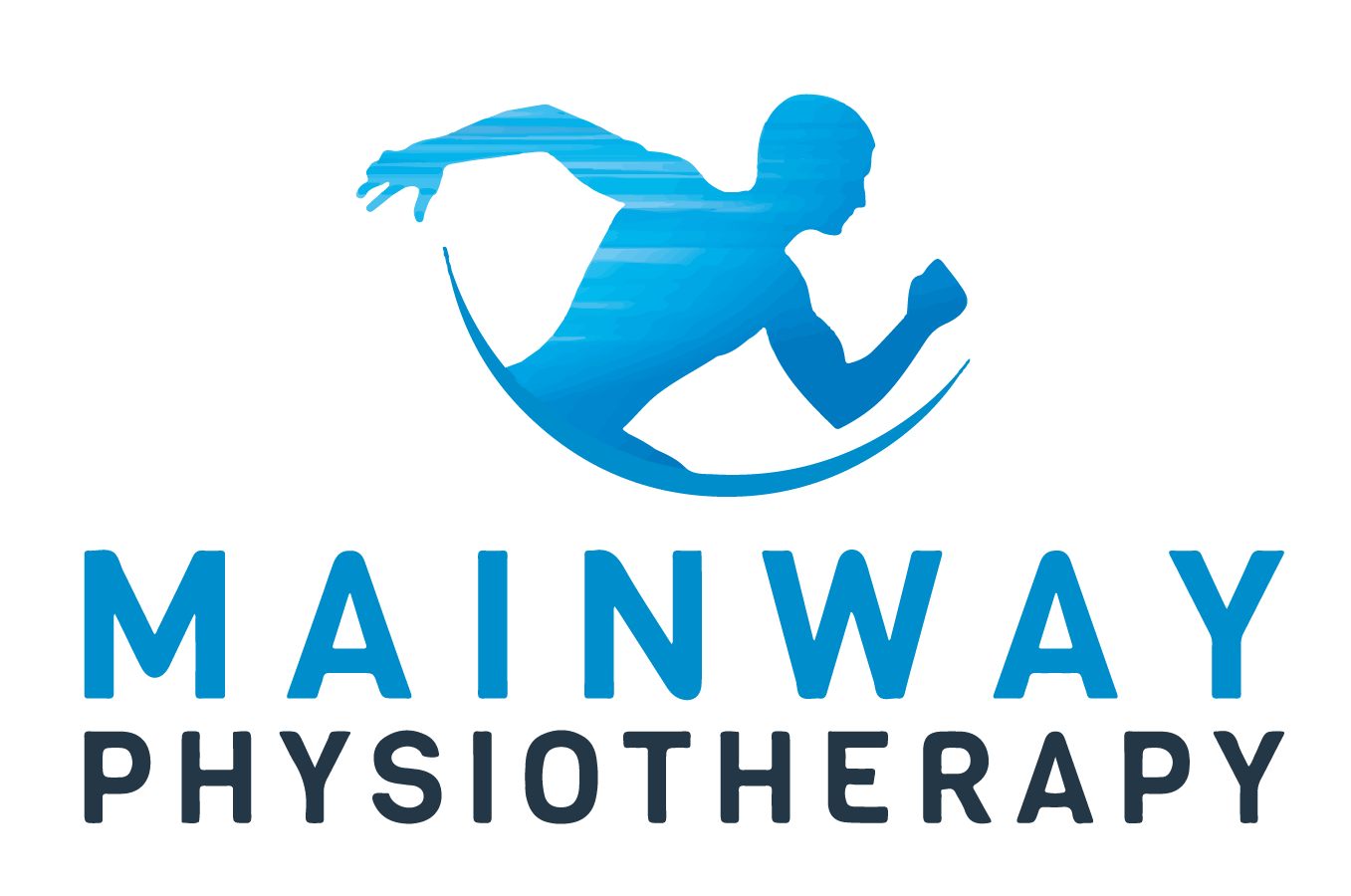Scoliosis and How Physiotherapy Can Help
Scoliosis, also referred to as abnormal curvature of the spine, is a disorder leading to abnormal appearance of the spine and is most often observed forming an s-shape or c-shape. While some degree of curvature of the spine is considered normal due to the necessity of certain body actions, scoliosis results in too much lateral bending, and can lead to a variety of physical and health-relted issues.
The disease can strike anyone at any stage of life but frequently occurs in children and teenagers. It is possible for scoliosis to occur in middle-aged individuals owing to degenerative spine changes and other predisposing factors.
Types of Scoliosis
Idiopathic scoliosis the most common type, is a medical condition characterized by an abnormal, sideways curvature of the spine (usually in an "S" or "C" shape) that develops without a known cause. The term "idiopathic" means that the exact origin or reason for the condition is unknown. It typically arises during adolescence, though it can occur at other stages of life.
Idiopathic scoliosis is classified based on the age of onset:
1. Infantile idiopathic scoliosis (from birth to 3 years)
2. Juvenile idiopathic scoliosis (ages 4-10)
3. Adolescent idiopathic scoliosis (ages 11-18), which is the most common type.
The severity of the curve can vary from mild to severe, and treatment options depend on the degree of the curvature and whether it progresses over time. These treatments may include observation, bracing, or surgery in more severe cases.
Other Main Types of Scoliosis Include:
Congenital Scoliosis:
This form results from spinal abnormalities present at birth, and as a result, often improper development of vertebrae.
Neuromuscular Scoliosis:
Due to diseases of the muscles or nervous system, such as cerebral palsy or muscular dystrophy, or in patients suffering from spinal cord injury when the muscles or the nerves providing support to the spine do not work adequately.
Degenerative Scoliosis:
This is usually found in adults. This form appears as a result of the wear & tear of elderly people’s bones, and spinal curvature may ensue.
Traumatic Scoliosis:
A specific type resulting in the curving of the spine that is caused by spine injuries and operations and its structure is already damaged.
Mild cases of scoliosis may go unnoticed, while severe forms may cause unevenness, such as one shoulder or one hip being higher than the other, back discomfort, and respiratory issues due to restricted lung capacity. Symptoms for each type differ depending on the extent of curvature in question.
How Physiotherapy Can Help Scoliosis
Physiotherapy plays a vital role in managing scoliosis, particularly in cases where surgery is not immediately required. A well-structured physiotherapy program at a physiotherapy clinic such as Mainway Physiotherapy in Burlington, can help alleviate pain, improve mobility, and enhance the overall quality of life for individuals with scoliosis.
Benefits of Physiotherapy for Scoliosis Patients
Pain Management
Chronic back pain is one of the most common symptoms of scoliosis, especially in adults. Physiotherapy techniques such as Manual Therapy, heat therapy, and electrical stimulation that help relieve muscle tension, thereby reducing pain.
Improving Posture and Alignment:
Physiotherapists work with patients to improve spinal alignment through exercises that target specific muscle groups. Strengthening the muscles around the spine progressively minimize the pressure on the abnormal curvature, thereby improving the posture.
Increasing Mobility and Flexibility:
It is common for patients with scoliosis to have a reduced range of motion, and so they may face difficulties in performing day-to-day activities. In such scenarios, physical therapy treatments such as stretching and mobility exercises will be of great assistance.
Strengthening Core Muscles:
A key focus of physiotherapy for scoliosis is strengthening the core muscles. A strong core helps to support the spine and reduce the progression of curvature. Physiotherapists use exercises such as planks, pelvic tilts, and leg lifts to engage and strengthen the core.
Breathing Exercises:
For patients with more severe scoliosis, where the curvature affects lung capacity, physiotherapy can include breathing exercises to help improve respiratory function and strengthen the muscles used in breathing.
Customized Exercise Programs:
Each scoliosis case is unique, and physiotherapy offers personalized treatment plans based on the patient’s specific curvature, age, and overall health. A tailored exercise regimen is designed to address individual needs and goals, ensuring the best possible outcome.
Benefits of Early Intervention for Scoliosis
Early diagnosis and intervention through physiotherapy are critical in preventing scoliosis from worsening. For children and adolescents with scoliosis, physiotherapy combined with bracing can often slow down or stop the progression of the spinal curve. For adults, physiotherapy can reduce pain and stiffness, helping to maintain mobility and prevent further degeneration.
At Mainway Physiotherapy Burlington, we take a holistic approach to injury prevention, chronic pain, rehabilitation, and sports therapy. Our team of certified professionals will help you live an active and pain-free lifestyle by creating a personalized treatment plan centered around your goals. Book your appointment, and let us help you Keep Moving!



